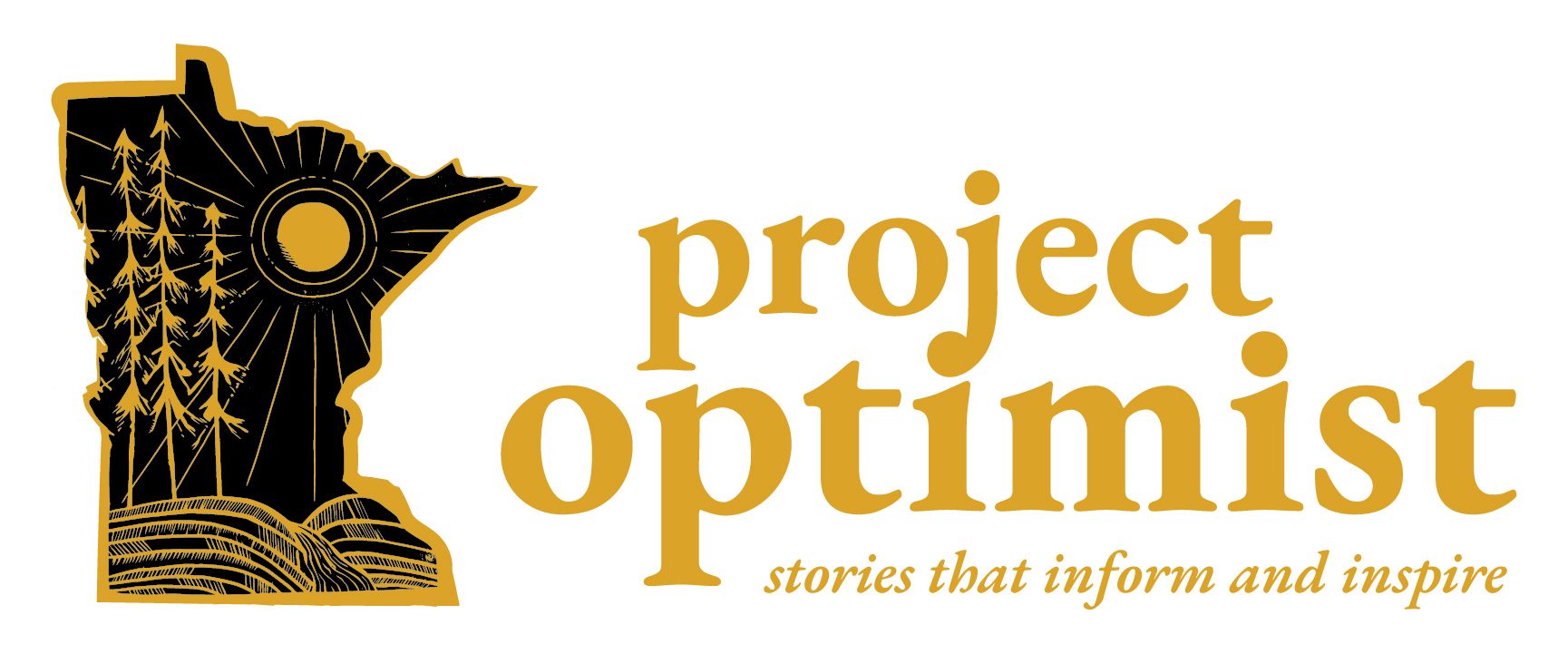How data collection can help reduce disparities in the news media
We're also launching a spring fundraiser!
We're also launching a spring fundraiser!
A response to a problem in journalism
March is here and with it a fundraising drive!
Celebrate International Women's Day in the coming week by supporting independent news, owned and operated by a woman – yours truly, Nora Hertel.
In the interest of transparency and ethics, I have a correction. I made an error in the date of an Ida B. Wells photograph last week. I apologize for the mistake. The photo was taken in 1893.
I am going to continue a thread from the last newsletter and share a little bit on a problem of representation in the media and a solution underway in many newsrooms including the BBC and NPR. It's a data collection practice used by Tiny News Collective members across the U.S., including Project Optimist.
In short, we track the demographic data of our sources.
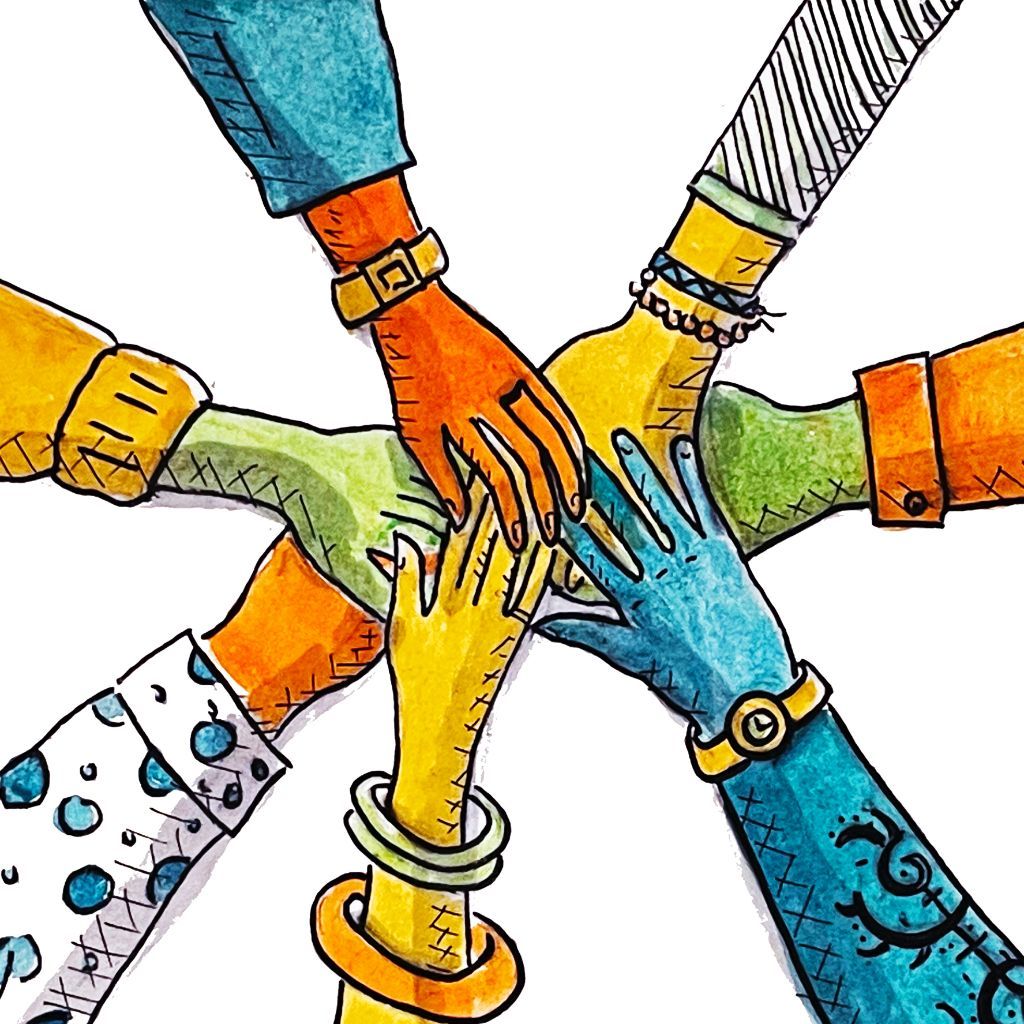
(Andi Lynn Arnold for Project Optimist)
What's the problem?
Women, people of color, people with disabilities and other minority groups are underrepresented in the media. They're underrepresented as sources. They're underrepresented in newsroom leadership. And they're underrepresented in ownership.
Here are some 1995 to 2020 stats from the Global Media Monitoring Project about the number of female news sources and subjects:
- Increased from 16% to 26% in newspapers,
- 15% to 23% in radio news and
- 21% to 26% in TV news.
And women featured in online news rose from 25% to 28% between 2015 and 2020, according to the same report.
Gentle reminder: Women make up about half of the global population.
This issue goes beyond gender diversity.
"Historically, we know that disproportionately white newsrooms and the journalism they produce have not been inclusive of Black, Latino, Hispanic, Indigenous communities and others. We must diversify our newsrooms for the sake of our future and our ability to connect with the communities we report with and for," wrote Caroline Bauman, community engagement manager for the education-focused nonprofit publication Chalkbeat, in a 2021 piece for the Reynolds Journalism Institute.
What's the response to the problem?
Chalkbeat audited its source diversity about four years ago, joining a growing group of publications doing similar, internal work. Other news outlets on this path include NPR, Science, The Kansas City Beacon, BBC and many others.
BBC launched an initiative called 50:50 The Equality Project around 2017. It started with an effort in London to balance gender representation among contributors. Now there are hundreds of teams taking up the challenge and reporting progress to the BBC. The project now also tracks representation related to disability and ethnicity.
In March 2022, 61% of datasets within the BBC project featured 50% women contributors, compared to 35% when they first started, according to the project's website.
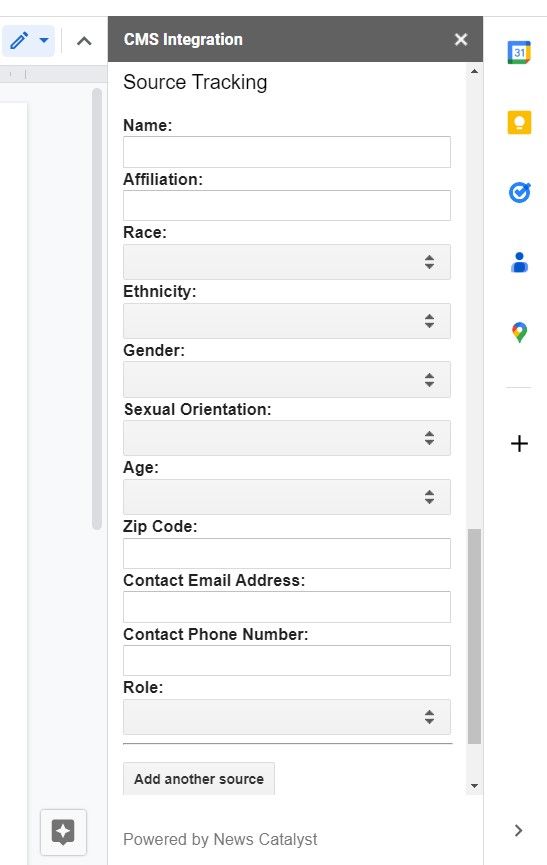
Here's what the internal source tracking form looks like for Project Optimist. This tool is built into the system used by members of the Tiny News Collective.
How does it work?
Usually reporters collect demographic data from sources during interviews or request sources to complete forms that make it easy to compile the data for high-level trends.
Chalkbeat and the Reynolds Journalism Institute researched existing tracking programs used by 58 journalists and published their takeaways in 2021. One conclusion was that surveys should be short and the auditing continuous.
This project also yielded a free source tracking tool with a survey reporters can send to sources. Individual journalists can see the detailed responses and newsroom leadership can see the aggregated data.
What are the limitations?
Tracking source demographics is one piece of a large puzzle.
"We also want to encourage newsroom leaders to fit source auditing into broader diversity, inclusion, equity and belonging efforts," wrote Bauman in a piece about that tracking tool. "We tried to make this tool as easy to use as possible for reporters and editors, but the real work of changing habits and inequitable newsroom systems takes time and effort."
Some organizations are trying to help newsrooms diversify their sourcing by promoting diverse sources. The Asian American Journalists Association has created a database of Asian American and Pacific Islander experts, and Spotlight PA has a Diverse Source Database with Pennsylvania-based experts.
Full disclosure(s)
Project Optimist is in the process of transferring stories from our 2022 newsletter to our website, which means circling back with sources to get demographic data. Collecting that info will be baked into our 2023 reporting practices.
Project Optimist receives funding from the Reynolds Journalism Institute and I (Project Optimist Founder Nora Hertel) am a fellow at RJI. This piece exploring source tracking was developed independently of RJI, and I only learned of the institute's source tracking work while researching the topic on my own.
Reynolds Journalism Institute recently published an essay I wrote about some recent challenges in my work as a news entrepreneur.
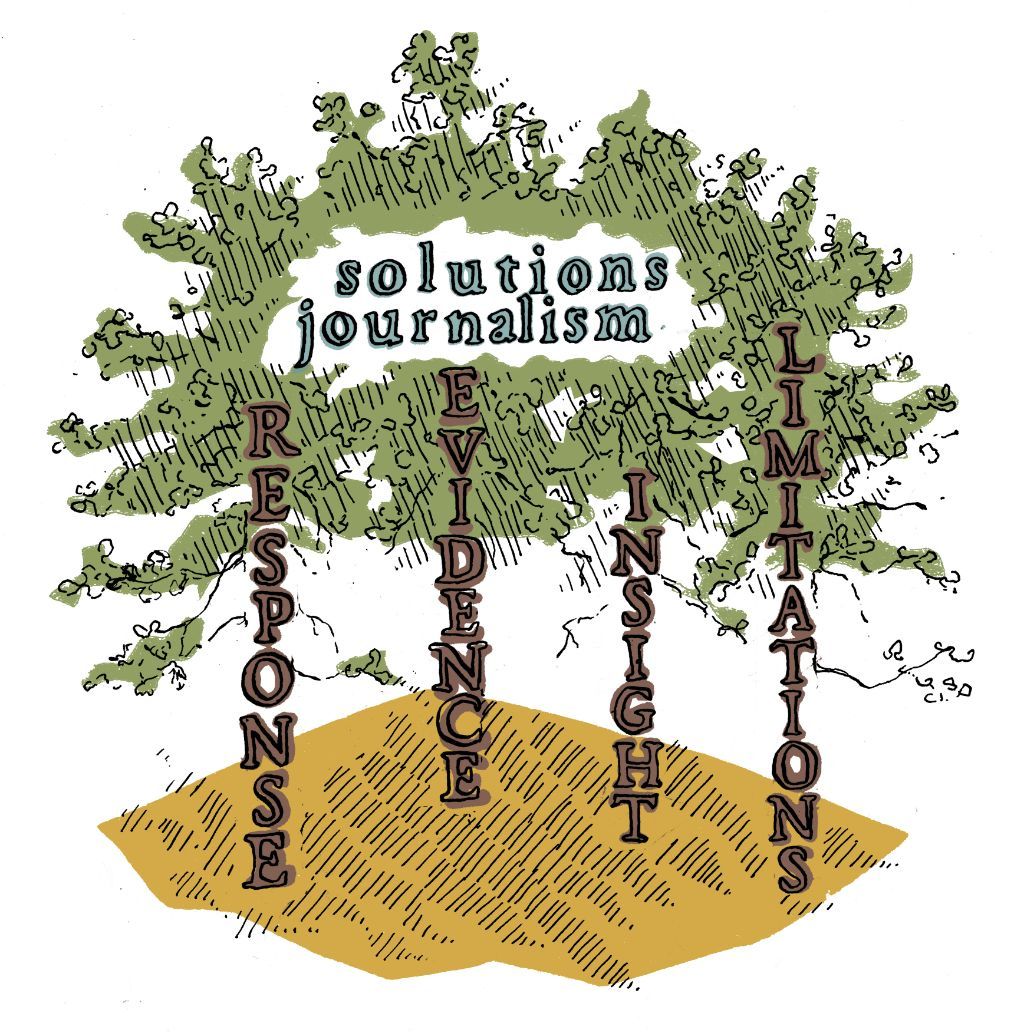
The four pillars of solutions journalism shown as trees: Response-centered with Evidence, Insights and Limitations. (Ginny McClure for Project Optimist)
And now, an ask
Your gifts are vital to the long-term health of Project Optimist.
We're bringing on a fabulous journalist to help with editing, two audio engineers to produce an impactful podcast and two full-time staff to move our business and outreach efforts forward.
Even small donations make a big difference for our scrappy startup!
I appreciate you!
♥ Nora Hertel, founder of Project Optimist
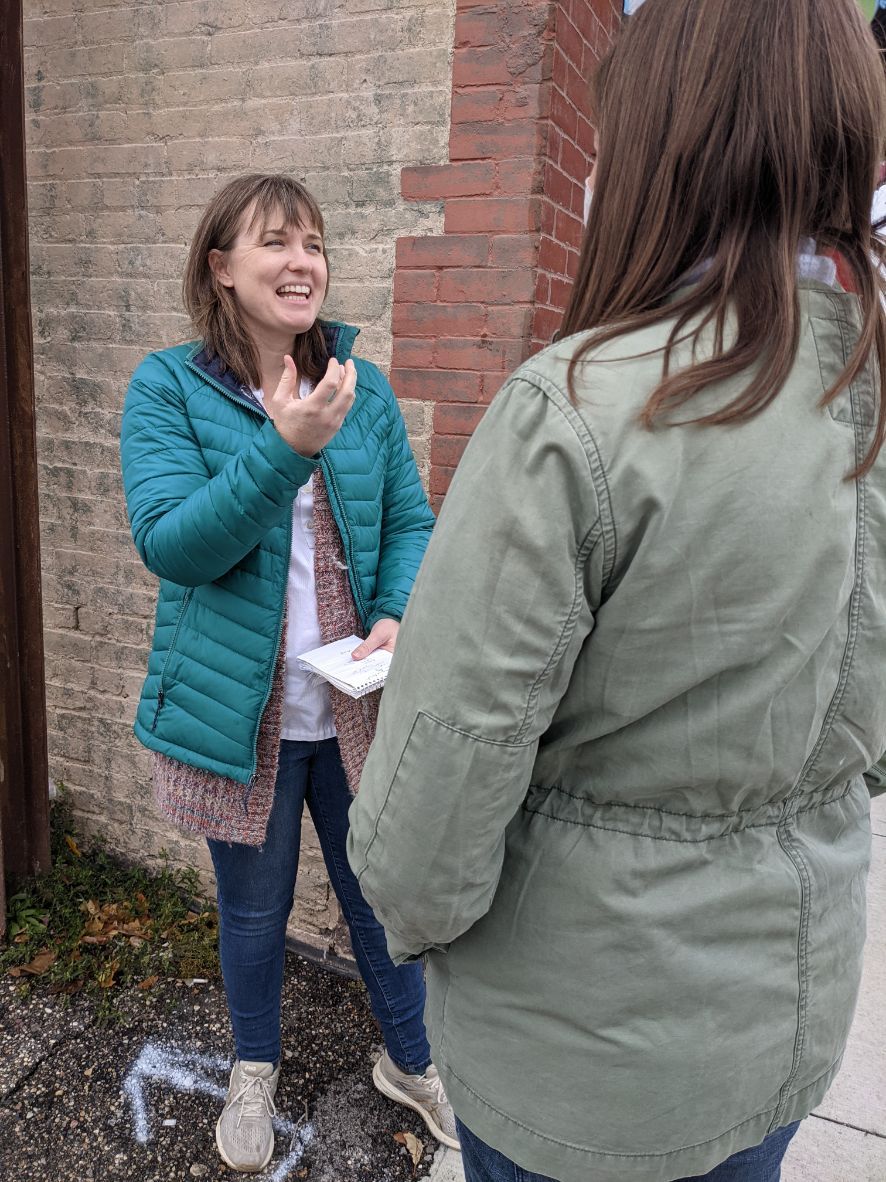
Project Optimist Founder Nora Hertel interviews a friend in downtown St. Cloud, Minn., in November 2021.
Copyright © 2023 Project Optimist, All rights reserved.
P.O. Box 298, St. Michael, Minnesota 55376


